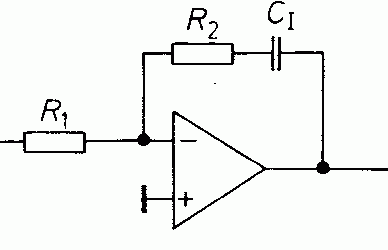uoficowboy
Full Member level 3
- Joined
- Apr 4, 2009
- Messages
- 169
- Helped
- 6
- Reputation
- 12
- Reaction score
- 5
- Trophy points
- 1,298
- Location
- Seattle, Wa, USA
- Activity points
- 2,964
Hi - I'm working on a active load that will be used for battery testing (among other things). A standard means of discharging a battery is the constant current, constant voltage discharge. This means, say with a li-ion, begin by discharging a full cell at a constant current. Once the voltage of the cell hits a minimum voltage you switch to constant voltage and let the current taper off till a set amount.
My plan is for my load element to be a FET on a large heatsink. A microcontroller controlling a DAC that also has various IOs available will be controlling everything. I could have two DACs if needs be.
I can easily design a DAC controlled constant current or constant voltage load. But I don't know how to make a system that can transition between the two. Any suggestions?
My plan is for my load element to be a FET on a large heatsink. A microcontroller controlling a DAC that also has various IOs available will be controlling everything. I could have two DACs if needs be.
I can easily design a DAC controlled constant current or constant voltage load. But I don't know how to make a system that can transition between the two. Any suggestions?
